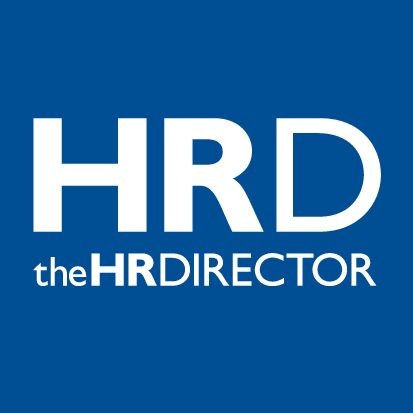Follow these workplace trends to attract and retain top talent
The workplace is constantly changing, and with today’s competitive talent market, it is more important than ever that companies are aware of their employees’ needs and meet them.
What do employees expect from the future workplace? To find out, Capterra UK, the leading B2B enterprise software directory conducting independent research for businesses – carried out a meta-analysis of multiple surveys on UK-based employees commissioned by Capterra and its affiliate companies. According to the report, here are five trends that will shape HR moving forward:
1. Investing in employee learning and development
Since the COVID-19 pandemic, many businesses have adopted tools to adapt to remote or hybrid working. However, Capterra UK research found that a combined 53% of employees felt overwhelmed to differing extents by the number of digital tools they use. Furthermore, of the respondents who planned to job search after the pandemic, 36% of employees cited learning and development opportunities as one of the top three most important factors when considering a new job.
To address these issues and expectations, HR managers will need to explore ways of training staff more effectively, such as deploying learning management tools.
2. Being transparent about employee surveillance
Three in ten UK employees said their company uses monitoring tools, Capterra UK’s Employee Monitoring study showed. The top activities being tracked were attendance (79%), time management (65%), and workload management (51%).
However, 24% of monitored employees had not been informed of the use of employee monitoring software and their rights. Lack of communication about employee surveillance tools could raise concerns, so transparency is key.
3. Strengthening social connections between employees
Employees value social relationships at work: This is shown by Capterra UK’s Company Culture survey, which revealed that around a quarter of employees (26%) saw building relationships with co-workers as one of the three most important factors affecting job satisfaction. To emphasise this, more than half (51%) felt that it was worthwhile for their employer to invest part of the company budget in building social connections between employees.
4. Reassessing workloads and work-life balance
Being given too much work topped the list of the most common sources of workplace stress, cited by 40% of respondents in Capterra UK’s Mental Health report. In addition, Capterra UK’s Company Culture Survey found that work-life balance was a top factor that contributed to job satisfaction for on-site, hybrid, and remote employees. Therefore, helping maintain a good work-life balance will be essential for employee retention.
5. Fostering a company culture
Finally, finding ways to enhance company culture will help organisations maintain a competitive edge in their talent search: A Recruitment Process study conducted by Capterra UK showed that after flexibility and growth opportunities, job applicants considered company culture most when choosing who to work for, being voted by 31%.
As you can see, the future of the workplace will be shaped by new ways of working, and HR insights will be crucial for meeting changing employee needs. This includes investing in their learning, being transparent about employee surveillance, and strengthening connections and company culture.
By keeping up with current trends, companies can increase employee satisfaction and attract new talent in the years to come.
www.capterra.co.uk/blog/3566/trends-will-shape-HR-over-next-five-years







